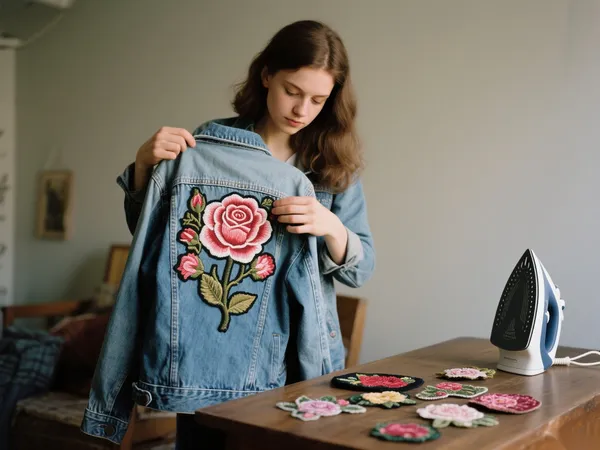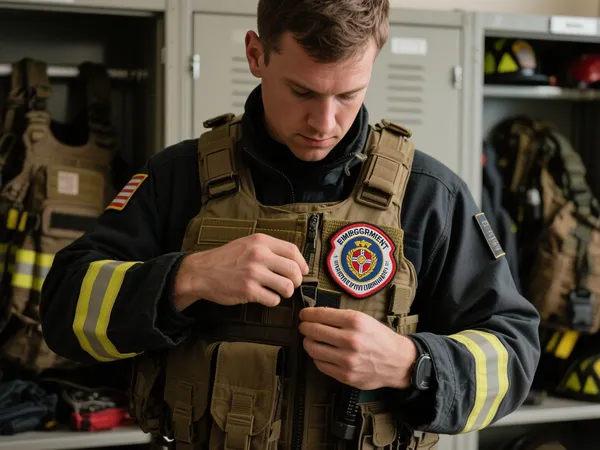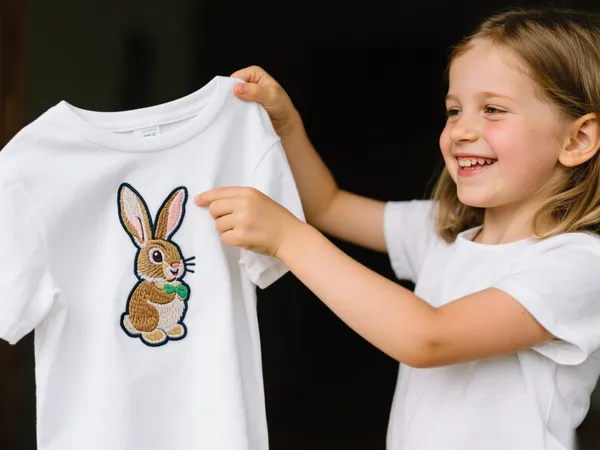Name patches are more than just pieces of fabric with lettering on them—they’re practical, personal, and highly versatile. Whether you’re in a professional trade, part of an organization, or simply looking to add personality to your gear, a Namenspatch can serve both aesthetic and functional purposes. In this blog post, we’ll explore what makes custom name patches so useful, how they’re made, where they’re used, and tips for designing the perfect patch.
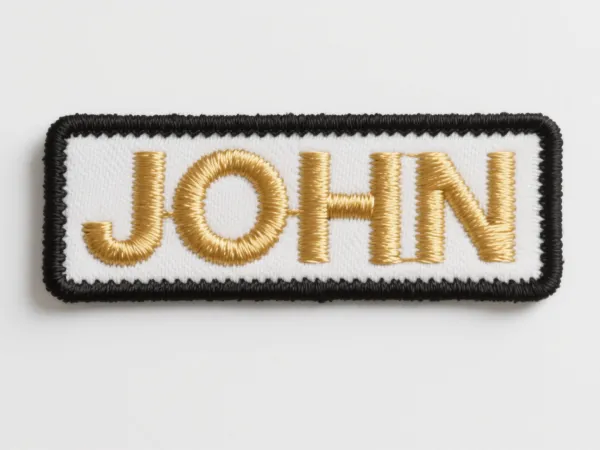
What Is a Name Patch?
A name patch is a small embroidered or printed label featuring a person’s name, title, or identification detail. These patches are usually rectangular or oval in shape, made from durable materials like twill, felt, or polyester, and can be sewn or ironed onto uniforms, jackets, bags, and hats. Embroidered name tags are a popular variant, offering a clean, classic look with raised stitched lettering that adds texture and durability.
Common Uses for Custom Name Patches
1. Work Uniforms
In industries like mechanics, hospitality, delivery, public service, and healthcare, name patches are standard on uniforms. They foster professionalism, customer trust, and easy communication.
- Mechanics often wear custom name patches with their name and company logo.
- Medical staff may include their title alongside their name, such as “Nurse Kate” or “Dr. Allen.”
2. Military and Tactical Gear
Military uniforms feature name tags as a matter of protocol. These patches are standardized in font and layout, making identification straightforward and clear in high-stakes environments.
3. Clubs, Teams, and Scouts
From motorcycle clubs to scout troops, name patches help members feel part of a group. Personalized tags also serve as a badge of belonging while helping others remember names easily.
4. Personalized Gifts or Crafts
Embroidered name tags are often used on custom gifts, baby blankets, backpacks, or handmade crafts. Adding a name makes the item feel thoughtful and unique.

Materials and Backing Options
Choosing the right material and backing is key to ensuring the longevity and functionality of your patch.
- Fabric Options: Twill is the most common material due to its durability and clean look. Felt is softer and more traditional, often used for vintage or decorative patches.
- Embroidery Thread: Polyester thread is colorfast and strong, ideal for long-lasting patches that won’t fade or fray.
- Backing Types:
- Aufnäher: Offers a permanent solution, best for heavy-use uniforms.
- Aufbügeln: Great for DIY application, though not as secure as sewn patches.
- Hook and Loop (Velcro): Preferred for tactical and military use, as patches can be removed or switched out easily.
- Klebstoff: Best for short-term use or temporary placement.
Design Tips for Effective Name Patches
When designing a custom name patch, simplicity and legibility should be top priorities. Here are some helpful tips:
- Font Choice: Block fonts are clear and professional. Avoid overly decorative fonts that reduce readability.
- Color Contrast: Choose contrasting thread and background colors for maximum visibility (e.g., white thread on black fabric).
- Size Considerations: Standard name patches are typically 3.5″ x 1″ or 4″ x 1.5″. Ensure the patch fits the garment space.
- Zusätzliche Elemente: Depending on your needs, you can add titles (e.g., Manager, EMT), logos, or even country flags.
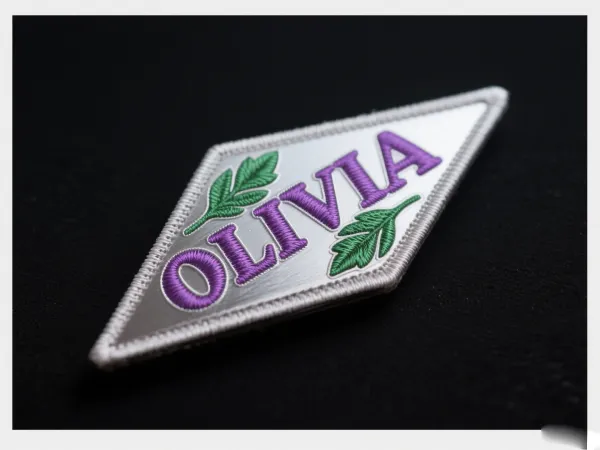
How Name Patches Are Made
Modern custom name patches are created using high-speed embroidery machines guided by digitized designs. The process involves:
- Digitizing the Design: The name and any graphic elements are converted into a stitch file.
- Choosing Materials: Fabric and thread colors are selected based on the design.
- Machine Embroidery: The design is stitched onto the base fabric with precision.
- Schneiden und Fertigstellen: After stitching, patches are trimmed to shape and backed with the chosen attachment method (iron-on, Velcro, etc.).
Tips for Applying and Maintaining Name Patches
Proper application extends the life of your name patch and maintains its professional appearance.
- Nähen: Use a thick needle and polyester thread to attach the patch securely by hand or machine.
- Aufbügeln: Place a cloth over the patch and use a hot iron (no steam) for 10–15 seconds. Always follow specific instructions included with your patch.
- Waschpflege: Turn garments inside out and wash on a gentle cycle. Avoid high-heat drying when possible to preserve adhesion and thread quality.
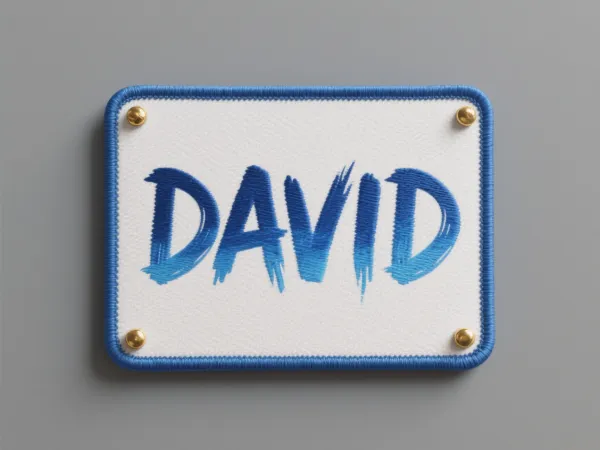
Abschließende Gedanken
Whether for identity, functionality, or decoration, a well-designed Namenspatch adds both utility and personality to any garment or accessory. With options like custom name patches Und embroidered name tags, it’s easy to find a solution tailored to your specific needs. When designed thoughtfully and applied correctly, name patches offer a professional and lasting impression—one that speaks volumes, even without saying a word.

